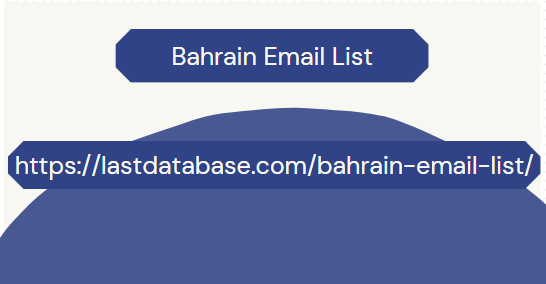Post by sakibkhan43 on Feb 14, 2024 23:24:22 GMT -5
that have nothing to do with the theme of the website. The last two are the most dangerous. If you detect many, it is time to make decisions. Keep in mind that analyzing incoming links is a periodic task. It does not have to be done only at the beginning of the project. SPAM never rests. Affinity between sites. A link will be of quality if it comes from a website with a similar theme to the one it points to. interprets this as natural. Therefore, if we want to position a restaurant website, it will always be better to get links on websites or blogs that deal with leisure and gastronomy, rather than on a nautical blog. Geographic and language correlation. If we want to position a local or national , it is important that the majority of links come from s whose IP is from the same geographical area. The same goes for language. The natural thing is that, if our website is in Spanish, the links they receive are from
other sites in the same language, even if they are from other countries. The best way to get links is to gain popularity on the Internet by creating unique and relevant content.” Domain Authority (DA) Previously, the reference data for evaluating a domain was the rank, until decided that it would no longer be public data. It is now the domain authority (DA). This data is a score that the Moz tool Bahrain Email List gives to a based on different algorithms in numerical form, from to , to measure the authority of its domain. It is a way to know the level of quality and trust of the domain. A link building strategy is not about only achieving high authority links. It's about achieving a balance that is logical, natural and credible. Link type. If it is "dofollow" or "nofollow". By " dofollow " link we refer to those hyperlinks that indicate to search engines that they can follow them, transferring their authority to them. It is as if one website

ecommended another, granting it "a quality vote." On the contrary, a " nofollow " link is one that does not transfer that "popularity." Both will help us position. The ideal is to achieve balance. There is no percentage of how many it is recommended to have with one attribute or another. There is also the “ sponsored ” attribute when the link is sponsored; or “ ugc ” when they are links from user-generated content, for example, comments. EAT EAT stands for experience, authority and trust . This is a factor that takes into account when evaluating a site.
other sites in the same language, even if they are from other countries. The best way to get links is to gain popularity on the Internet by creating unique and relevant content.” Domain Authority (DA) Previously, the reference data for evaluating a domain was the rank, until decided that it would no longer be public data. It is now the domain authority (DA). This data is a score that the Moz tool Bahrain Email List gives to a based on different algorithms in numerical form, from to , to measure the authority of its domain. It is a way to know the level of quality and trust of the domain. A link building strategy is not about only achieving high authority links. It's about achieving a balance that is logical, natural and credible. Link type. If it is "dofollow" or "nofollow". By " dofollow " link we refer to those hyperlinks that indicate to search engines that they can follow them, transferring their authority to them. It is as if one website

ecommended another, granting it "a quality vote." On the contrary, a " nofollow " link is one that does not transfer that "popularity." Both will help us position. The ideal is to achieve balance. There is no percentage of how many it is recommended to have with one attribute or another. There is also the “ sponsored ” attribute when the link is sponsored; or “ ugc ” when they are links from user-generated content, for example, comments. EAT EAT stands for experience, authority and trust . This is a factor that takes into account when evaluating a site.
